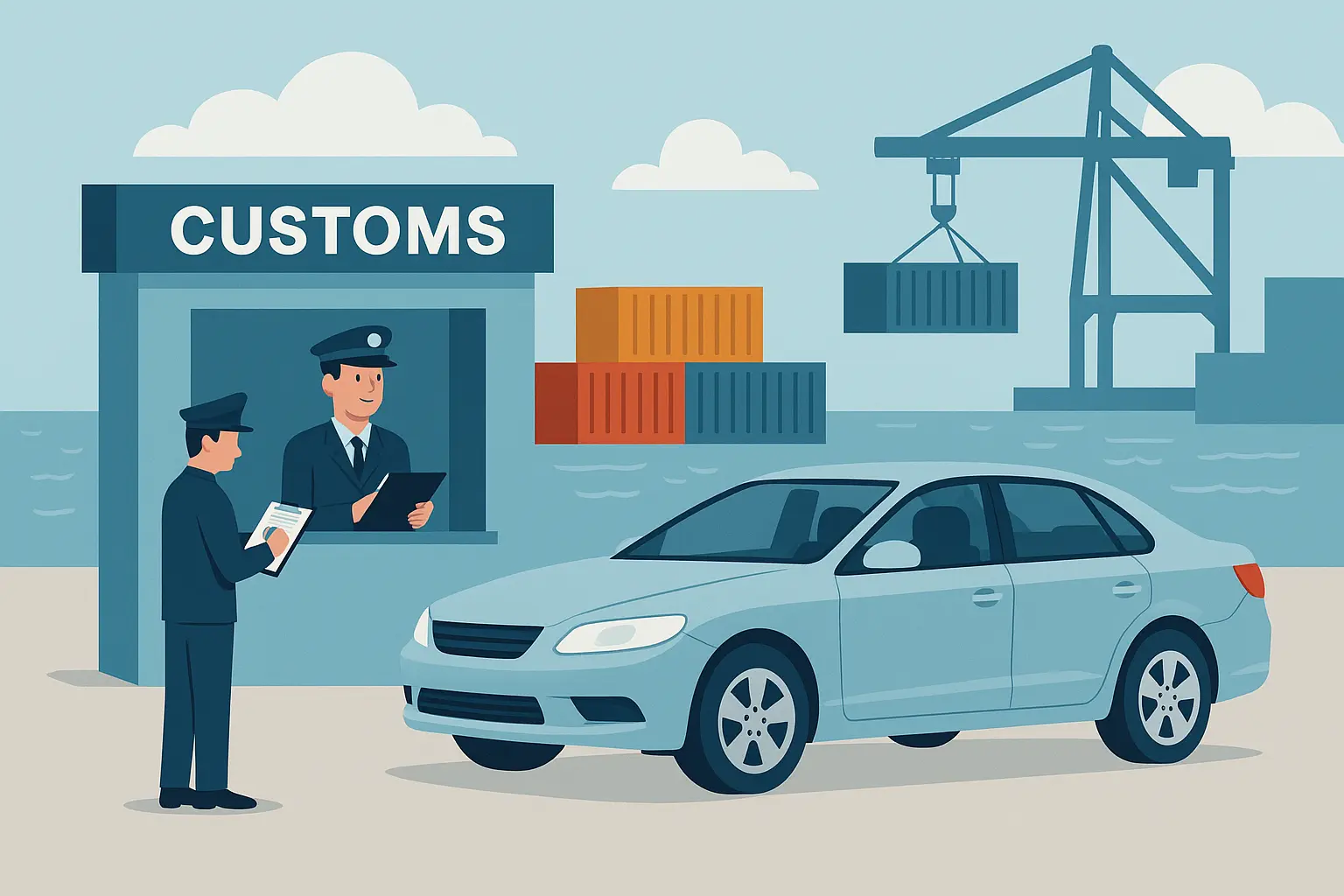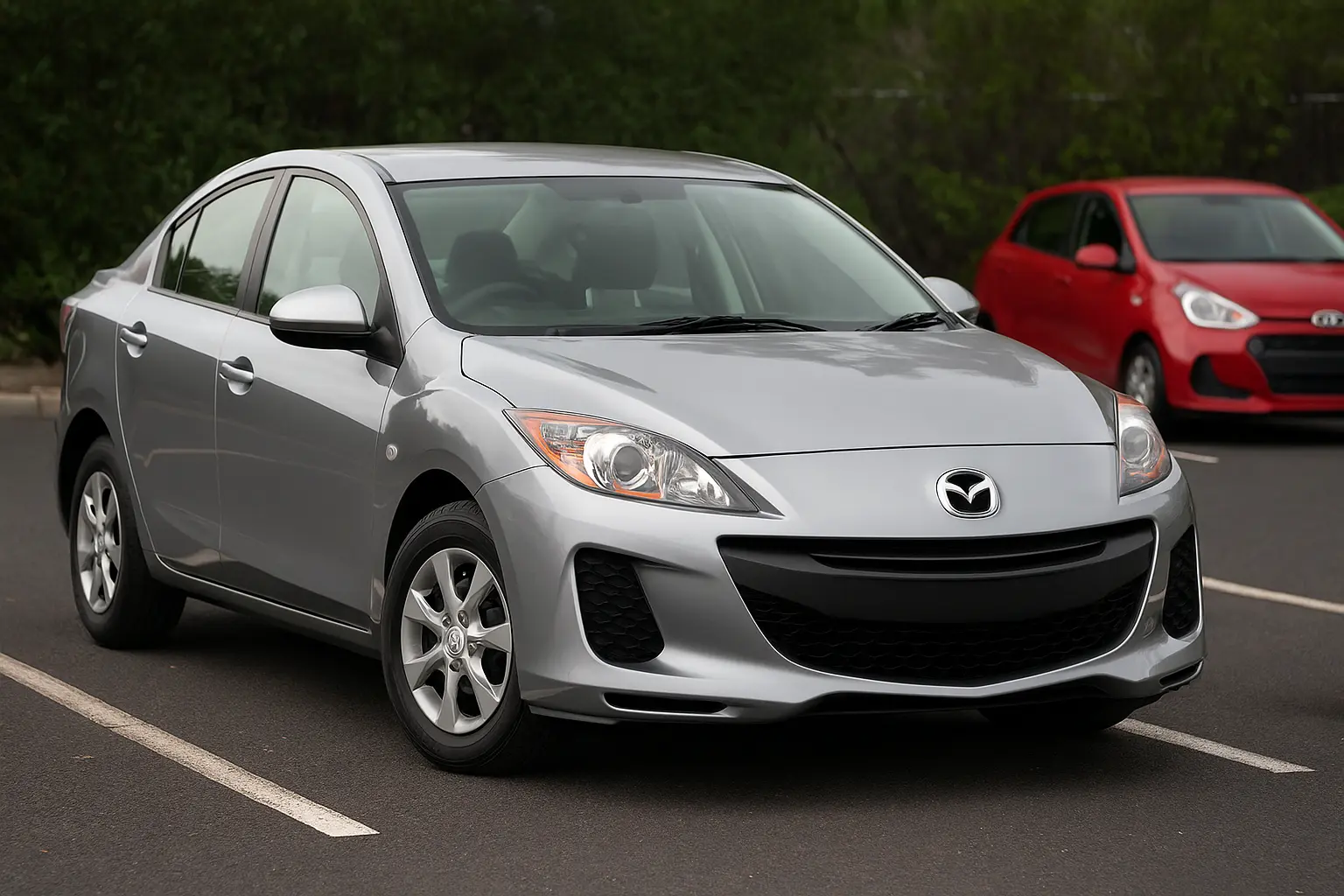Table of Contents
Introduction
Can You Import a Car into Australia in 2025?
Reasons Aussies Are Importing More Cars
Who Can Import a Car to Australia?
Categories of Eligible Car Imports
Major Rules and Regulations in 2025
Vehicle Compliance and Modification Requirements
What’s Changed in 2025? Key Updates
Cost Breakdown for Car Imports
Luxury Car Tax and GST Explained
Shipping and Quarantine Procedures
The Role of the Registered Automotive Workshop Scheme (RAWS)
Importing Classic or Vintage Cars
Importing Electric and Hybrid Cars
Pros and Cons of Car Importation
Common Mistakes to Avoid
Tips for a Smooth Import Process
Final Thoughts: Is It Worth It in 2025?
1. Introduction

With rising local car prices and more Aussies wanting rare or performance-oriented models not sold domestically, the interest in importing cars into Australia continues to grow in 2025. But is it really worth the effort? The rules are complex, the costs aren’t always low, and compliance is crucial.
This guide breaks down everything you need to know about car import rules, overseas vehicle compliance, and the real costs involved in bringing your dream car Down Under.
2. Can You Import a Car into Australia in 2025?
Yes, but only under certain conditions. You can’t just buy any vehicle overseas and ship it in. Australia has strict vehicle safety, emission, and identification regulations, and vehicles must comply with these before registration.
Whether you're an individual, a dealer, or a business, you need to ensure that:
Your car qualifies under one of the approved import schemes.
You meet the compliance and quarantine requirements.
You’re ready to pay taxes, duties, and modification costs.
3. Reasons Aussies Are Importing More Cars
Australians are increasingly turning to overseas markets for several reasons:
Access to rare models not sold in Australia (e.g., JDM cars).
Lower prices overseas, particularly for used or luxury vehicles.
Nostalgia or collector interest in classic cars.
Electric vehicles (EVs) that may not be available locally.
Higher customization options from international dealers.
4. Who Can Import a Car to Australia?
There are several categories of people eligible to import vehicles:
Private individuals: Often using the Personal Import Scheme.
Dealers or workshops: Under the Registered Automotive Workshop Scheme (RAWS).
Specialist importers: Using the Specialist and Enthusiast Vehicle Scheme (SEVS).
Migrants or returning residents: Bringing a personal vehicle under specific rules.
Each category has unique documentation and eligibility criteria.
5. Categories of Eligible Car Imports
To legally import a car to Australia in 2025, it must fall under one of these categories:
a. Personal Import Scheme
For individuals moving to Australia permanently. You must have:
Owned and used the vehicle for 12+ months overseas.
Proof of residency and ownership.
b. SEVS (Specialist and Enthusiast Vehicle Scheme)
For cars with unique performance, heritage, or unusual design features not commonly sold in Australia.
c. RAWS (Registered Automotive Workshop Scheme)
Allows approved workshops to import, modify, and comply used vehicles.
d. Classic Vehicles (25+ Years Old)
Eligible for easier import with reduced compliance if proven to be classic/historic.
e. Low-Volume Manufacturers
Covers boutique manufacturers who sell small quantities of vehicles to Australia.
6. Major Rules and Regulations in 2025
As of 2025, the rules remain strict. Here’s what’s required for a successful import:
Import Approval: You must apply through the Department of Infrastructure’s ROVER system.
Right-Hand Drive (RHD): Most imports must be RHD or converted before registration.
Environmental Compliance: Vehicles must meet Australian Design Rules (ADRs).
Asbestos Ban: All components containing asbestos are prohibited.
VIN and Identification: Clear documentation, no tampering or damage.
7. Vehicle Compliance and Modification Requirements
Once your vehicle arrives, it needs to pass compliance checks:
Brake and lighting systems must meet ADRs.
Child restraint anchorage points may be added.
Emissions testing may be required, especially for non-EU/US vehicles.
Left-hand drive to right-hand drive conversions (if applicable).
Speedometer conversion to km/h (if originally in mph).
Cost for compliance work can range from $3,000 to $15,000+ depending on vehicle type and condition.
8. What’s Changed in 2025? Key Updates
Some updates to be aware of in 2025:
New ROVER portal enhancements: Streamlined digital processing for import approvals.
Tougher emissions standards: Especially affecting older diesel imports.
EV fast-track compliance: Simplified process for importing zero-emission vehicles.
Asbestos enforcement: More rigorous border inspections, with delays if documentation is incomplete.
9. Cost Breakdown for Car Imports
Importing a car to Australia isn't just about the car’s purchase price. Here’s what else you'll need to budget for:
| Expense | Estimated Cost |
|---|---|
| Shipping (sea freight) | $2,000 – $5,000 |
| Import Duty | 5–10% of car’s customs value |
| GST (Goods and Services Tax) | 10% of customs value + shipping + duty |
| Luxury Car Tax (if applicable) | 33% of value above threshold |
| Compliance & modification | $3,000 – $15,000 |
| Registration & stamp duty | Varies by state ($500 – $3,000+) |
| Insurance | Varies based on provider and vehicle |
| Customs broker fees | $400 – $1,000 |
Total Estimated Cost: $10,000 – $40,000+ depending on the vehicle, location, and compliance work needed.
10. Luxury Car Tax and GST Explained
Luxury Car Tax (LCT)
Applied to vehicles over $91,387 (fuel efficient) or $76,950 (non-fuel efficient) in 2025.
Taxed at 33% on the value above these thresholds.
GST
10% of the total cost: (Vehicle + shipping + insurance + import duty).
Paid during the customs clearance process.
11. Shipping and Quarantine Procedures
Imported cars must go through strict Australian Quarantine Inspection Service (AQIS) checks. Here's the process:
Thorough cleaning required pre-shipment (interior, engine bay, undercarriage).
On arrival, the car is inspected for biosecurity risks.
Any contamination (soil, plant matter, etc.) could result in costly cleaning or return.
Tip: Use professional detailing services overseas before shipping to avoid delays.
12. The Role of the Registered Automotive Workshop Scheme (RAWS)
For importing certain used vehicles under SEVS, the car must go through a RAWS-certified workshop for:
Compliance modifications.
ADR certification.
Registration support.
These workshops are licensed to ensure imported cars meet all road-legal standards in Australia.
13. Importing Classic or Vintage Cars
If your car is 25+ years old, it may qualify for classic vehicle importation with simplified rules:
No RAWS requirement.
Minimal compliance work if kept in original condition.
Lower import duties.
Still subject to biosecurity and emissions rules.
Popular imports include Nissan Skyline GT-R (R32/R33), Toyota Supra Mk4, and American muscle cars.
14. Importing Electric and Hybrid Cars
In 2025, there’s a growing interest in importing EVs and hybrids due to:
Limited local supply.
Better prices overseas.
Unique models not sold in Australia.
Good news: The government has streamlined EV compliance. Some perks include:
Faster approval times.
Reduced emissions compliance hurdles.
Better acceptance of international EV charging standards.
15. Pros and Cons of Car Importation
✅ Pros
Access rare or unique vehicles.
Often cheaper than buying the same car locally.
Potential investment value (collectible models).
Broader EV and hybrid options.
❌ Cons
Complicated paperwork and approvals.
Unexpected costs can add up fast.
Limited warranty or aftersales support.
Delay in registration due to compliance issues.
16. Common Mistakes to Avoid
Not getting Import Approval before shipping.
Importing non-compliant or prohibited vehicles.
Underestimating modification costs.
Using unverified shipping agents.
Failing to declare asbestos or biohazards.
Always double-check with the Department of Infrastructure and consult a reputable import agent.
17. Tips for a Smooth Import Process
Start with a full cost-benefit analysis.
Use licensed vehicle importers and customs brokers.
Only purchase from trusted international sellers.
Choose SEVS-eligible models for fewer compliance headaches.
Get a pre-purchase inspection report from overseas.
Prepare all documentation: VIN, proof of ownership, invoices, etc.
Use ROVER portal for approval and track updates.
18. Final Thoughts: Is It Worth It in 2025?
If you’re chasing something rare, performance-driven, or significantly cheaper overseas, importing a car to Australia can be worth it in 2025 — but only if you plan well.
With stricter compliance rules and high taxes, it's not for everyone. For EVs, classics, and specialty models, the process is more favourable than ever. However, if you're after a standard car with local support, consider Aussie dealerships first.
Leave a comment
Your email address will not be published. Required fields are marked *




















